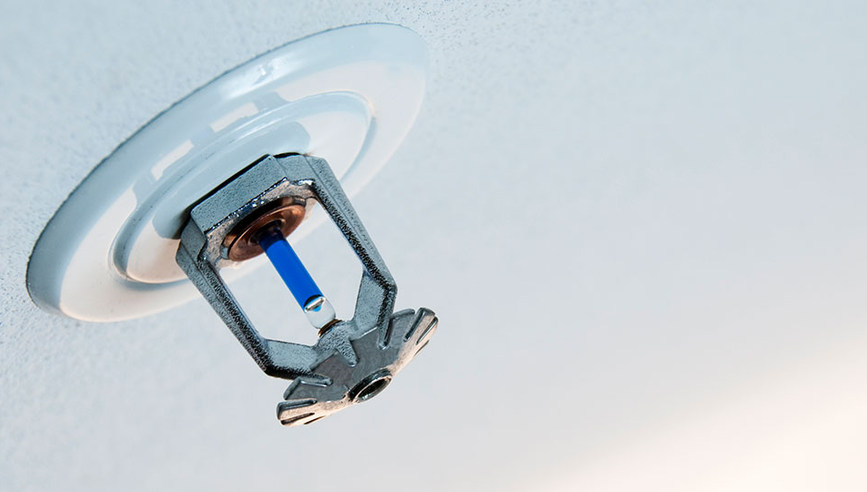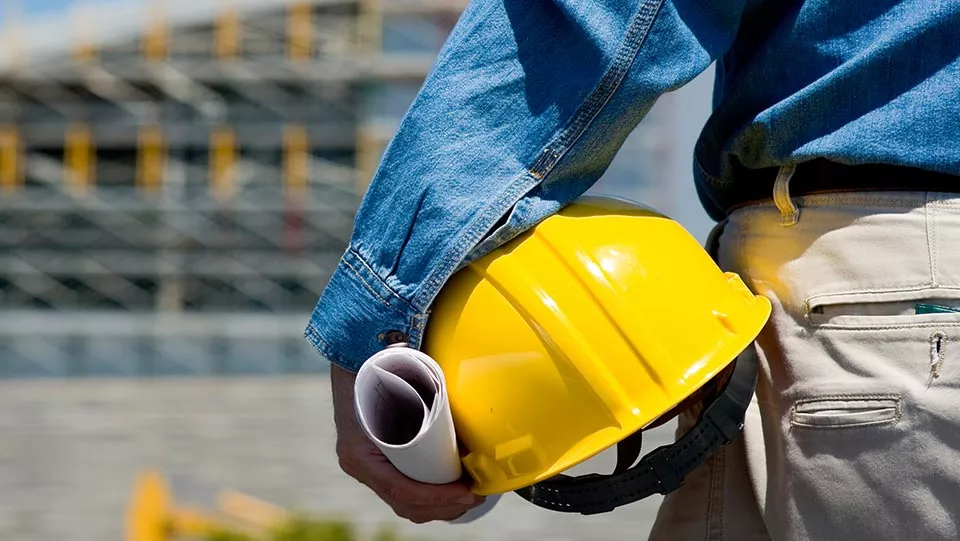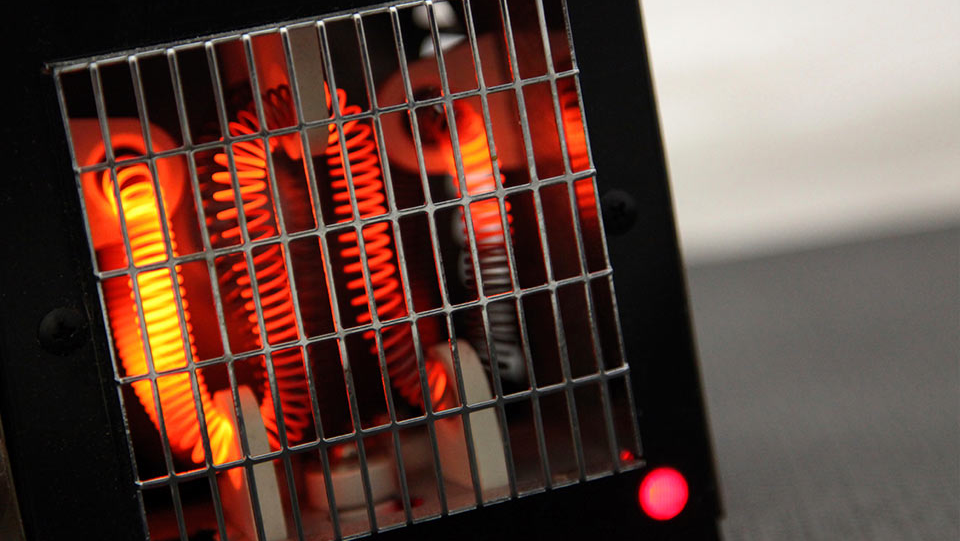Fire Protection Systems


Automatic fire sprinkler systems
Fire sprinklers have been protecting life and property for over 140 years. The National Fire Protection Association (NFPA) reports that when building sprinklers operate in a fire, they are effective in controlling a fire 96% of the time.¹ They are one of the most effective fire suppression systems your business can have.
Not all sprinkler systems are created equal. The design and type of your sprinkler system matters. Every system should be specifically designed to meet the characteristics of the building and its contents. This includes building construction characteristics such as height, potential obstructions (beams, HVAC ducts, etc.), and occupancy hazards, storage considerations and the intended use of the building.
It is a good practice to have your property insurance carrier conduct a review of the fixed fire protection specifications, including blue prints and hydraulic calculations before systems are installed.
The National Fire Protection Association (NFPA) – among others – has produced reference standards such as NFPA 13, Standard for the Installation of Sprinkler Systems, to help properly design and install the appropriate fire sprinkler systems.
Property damage from fire damage in 2017 totaled an estimated $23 billion.*
National Fire Prevention Association
*Includes $10 billion loss in wildfires in Northern California
Maintain and test sprinklers
Fire emergencies usually occur without warning, so fire protection systems must be in good condition and ready to operate at all times. Be confident that these systems are ready to go by conducting regular inspections. Verify that:
- Alarms are in service.
- Control valves are open.
- Normal pressure exists in the sprinkler system.
- Testing has been conducted regularly in accordance with nationally recognized standards, such as the NFPA.
To help provide assurance that these fire protection systems will operate when needed, a detailed series of written inspection, testing and maintenance instructions should be developed and implemented. Nationally recognized standards like NFPA 25, Standard for the Inspection, Testing and Maintenance of Water-Based Fire Protection Systems, as well as manufacturer’s instructions, can help you develop and conduct proper inspection, testing and maintenance procedures.
Special extinguishing systems
Special Extinguishing Systems are used when traditional water-based sprinkler systems are impractical or counter-productive for specific types of fires. Following are examples of some special hazards that may require additional fire suppression systems beyond the general building sprinkler protection:
- Commercial cooking.
- Spray paint booths.
- Ovens handling flammable vapors.
- Printing presses.
- Aircraft hangars.
- Dust collection systems.
Similar to general building sprinkler protection, the design, proper installation, inspection, testing and maintenance of special hazard fire suppression systems is critical for these to function as designed.
Fire safety preparedness and planning covers a broad range of people, processes and equipment. While this can seem rather daunting, Travelers property specialists help businesses like yours evaluate their risks and safety preparedness every day.
Portable fire extinguishers
Portable fire extinguishers can save lives when a small, contained fire occurs in your business. But different types of fire extinguishers fight different types of fire — and using the wrong one may make the fire worse. Would you know which to use?
Learn more to help you be better prepared in case of a fire.



